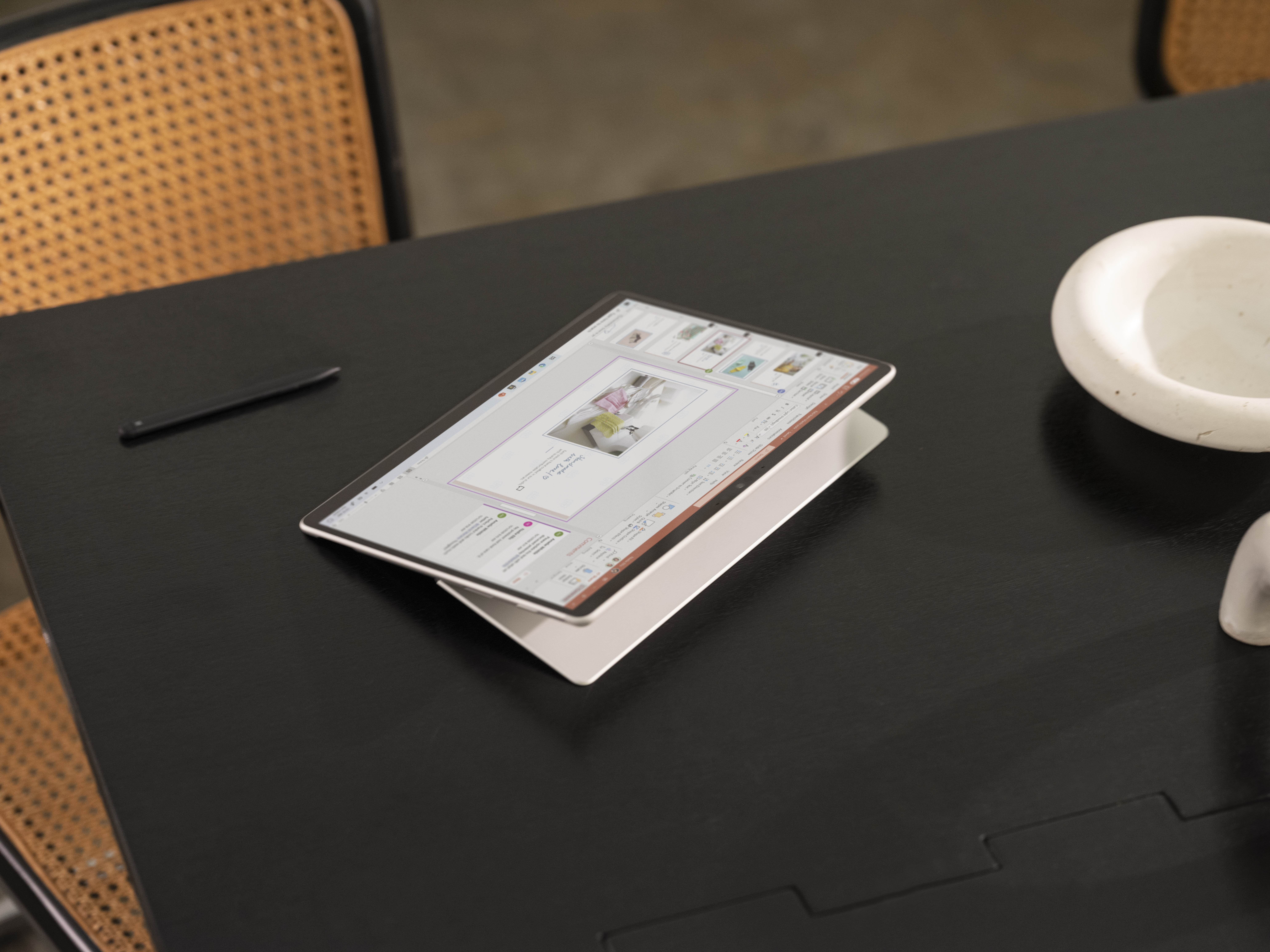Motif Foodworks, the Ginkgo Bioworks spinout focused on developing new plant-based flavorings and food ingredients, is readying commercial scale production of its first product an ingredient to improve the flavor of beef substitutes.
The expansion of Motif’s manufacturing capacity presages the commercial availability of its new flavoring, which should be on folded into consumer products by the fourth quarter of 2021, according to Motif chief executive Jonathan McIntyre.
“We’re making the product at pilot scale and we’re happy with the pilotization and now we’re scaling up to do large scales in formula development and characterization and talking to contract manufacturers about getting the product put in,” McIntyre said.
There’s a second product under development that’s focused on nutritional attributes for applications in sports nutrition and nutritional supplements, McIntyre said.
In all, Motif has nine ingredients under development with academic partners that will soon be coming to market.
“The first wave of those [ingredients] is targeted at plant-based meats,” McIntyre said. “Ground beef is the first one and the thing that you usually validate in.”
As the industry matures, there’s a growing sense among the lab grown meat and plant-based meat substitute manufacturers that the process isn’t as simple as just coming up with novel proteins to replicate the bloody taste of meats (like plant-based heme). Instead there’re going to be an array of ingredients and proteins that need to be identified and developed to replicate the fibrous textures and fats that make meat taste like meat.
“It’s not just the muscle meat, what is critical is getting the flavor attributes and the other tissue attributes. When you get a steak and you see the marbleizing. That marbleizing creates a relationship between the protein fibers and the fat… has a lot to do with taste… that does not occur in a plant based product. Even when you cook a plant based burger next to a beef burger you see the fat behavior differently.”
So Motif is working on new ways to make that connective tissue using plant-based substitutes. It’s part of the company’s mission to be the plant-based ingredient company that can replace the chemicals and animal byproducts currently used to add texture and flavor to a whole range of food products.
“The technology is a plant-based set of ingredients that have been transformed to have properties that have connective tissue,” McIntyre said. “We don’t lock in to just one technology. We lock into what is the issue that is going to taste better. We have been building as strong as a food science, food application, culinology approach as we have protein science. Those ingredients are in the late analysis stage.. Where we’ll be making tens of kilos of material and getting those in front of consumers quickly.”
Looking ahead McIntyre said that Motif Foodworks is looking to create what he called new “food forms”. The idea, McIntyre said is to start making foods that have their own unique flavor profiles and ingredients that won’t necessarily need to be compared to an animal substitute.
“If you’re figuring out a way to make the plant-based option taste better, can you do other food forms that may not suffer by comparison to a burger?” McIntry said. “We want to show the plant-based food world it’s not about replacements.”
This is the next step in the evolution of a company that’s not yet two years old.
Motif spun out of Ginkgo Bioworks in February 2019 with a $90 million investment from Fonterra, the New Zealand-based multinational dairy company; the global food processing and trading firm Louis Dreyfus Co.; and Breakthrough Energy Ventures, the climate focused investment fund financed by a global gaggle of billionaires including Marc Benioff, Jeff Bezos, Michael Bloomberg, Richard Branson, Bill Gates, Reid Hoffman, John Doerr, Vinod Khosla, Jack Ma, Neil Shen, Masayoshi Son, and Meg Whitman.
Motif isn’t just focused on making new ingredients and alternatives to traditional meat-based products. The company is also looking at ways to make existing food healthier with novel ingredients.
“That fortification game has been played a lot. We need to figure out how to get more servings of fruits and vegetables to consumers,” said McIntyre. “It could be that our list of ingredients could be more expansive to include not just plant protein.. It might be having two servings of vegetables combined with all of that in a great new food.”






